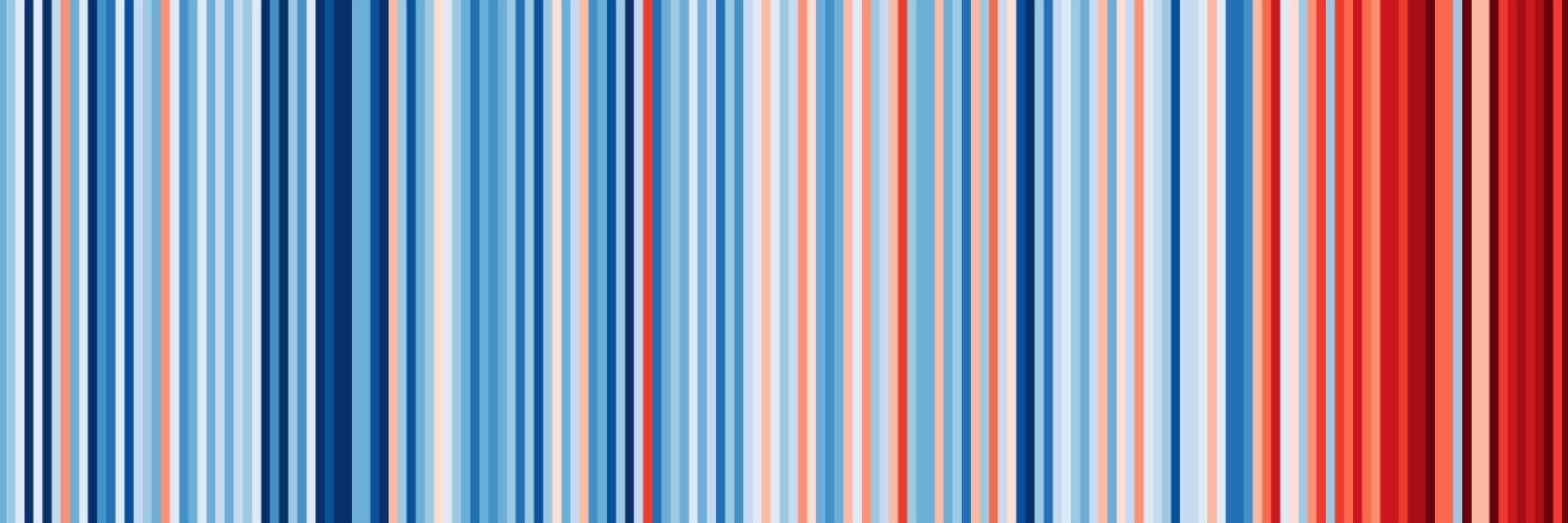
Ruth Dunn
@ruthedunn.bsky.social
Researches marine predator movement & energetics with a focus on feathery, flying taxa
🌐 ruthedunn.com
🐧 𝘴𝘩𝘦/𝘩𝘦𝘳
📍 CNRS Postdoc, Montpellier
🌐 ruthedunn.com
🐧 𝘴𝘩𝘦/𝘩𝘦𝘳
📍 CNRS Postdoc, Montpellier
Pinned
Ruth Dunn
@ruthedunn.bsky.social
· Aug 6
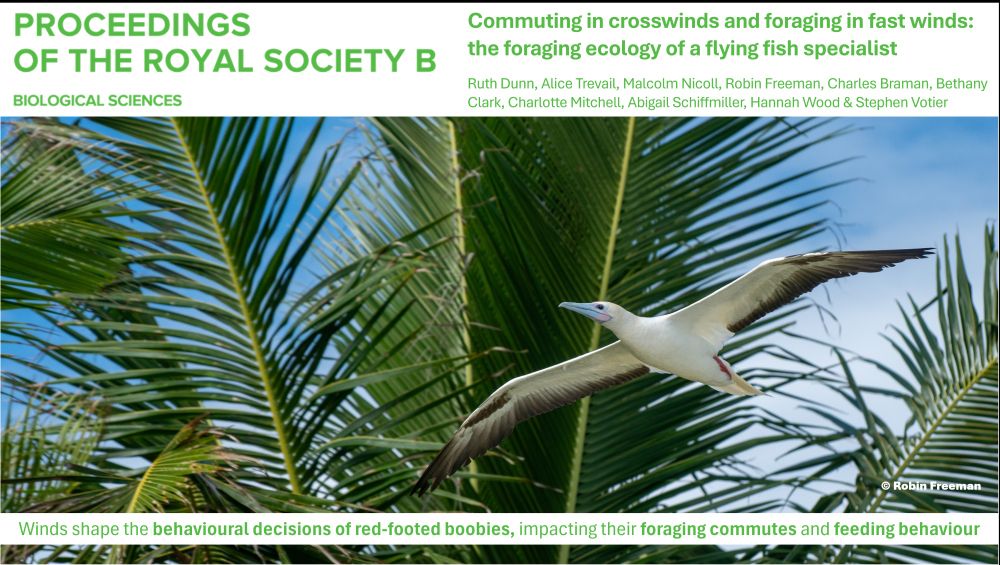
"Commuting in crosswinds and foraging in fast winds: the foraging ecology of a flying fish specialist" 💨🐦🐟
New @iomarinescience.bsky.social research out now in @royalsocietypublishing.org: doi.org/10.1098/rspb...
📸 @robinfreeman.bsky.social
🧪🌍🪶
New @iomarinescience.bsky.social research out now in @royalsocietypublishing.org: doi.org/10.1098/rspb...
📸 @robinfreeman.bsky.social
🧪🌍🪶
Reposted by Ruth Dunn
Reposted by Ruth Dunn
NEW PAPER in #ornithology summarizes why #seabirds are so important to the ecosystem of #islands and what knowledge gaps remain: buff.ly/rHuNnOr
November 6, 2025 at 7:23 AM
NEW PAPER in #ornithology summarizes why #seabirds are so important to the ecosystem of #islands and what knowledge gaps remain: buff.ly/rHuNnOr
Reposted by Ruth Dunn
New paper by @entropie-marinelab.bsky.social and @iomarinescience.bsky.social is out! 🐦🌊
#Genomics uncovers striking genetic #differentiation and taxonomic uncertainties in a tropical #seabird across the Western Indian Ocean. 🧬
Learn more 👉 doi.org/10.1111/ddi....
#Genomics uncovers striking genetic #differentiation and taxonomic uncertainties in a tropical #seabird across the Western Indian Ocean. 🧬
Learn more 👉 doi.org/10.1111/ddi....

November 1, 2025 at 11:27 AM
New paper by @entropie-marinelab.bsky.social and @iomarinescience.bsky.social is out! 🐦🌊
#Genomics uncovers striking genetic #differentiation and taxonomic uncertainties in a tropical #seabird across the Western Indian Ocean. 🧬
Learn more 👉 doi.org/10.1111/ddi....
#Genomics uncovers striking genetic #differentiation and taxonomic uncertainties in a tropical #seabird across the Western Indian Ocean. 🧬
Learn more 👉 doi.org/10.1111/ddi....
Reposted by Ruth Dunn
Seabirds act as powerful connectors between marine and terrestrial ecosystems - and protecting them can help tackle the crises of climate change, failing ocean health, and biodiversity loss, according to a new study published in Nature Reviews Biodiversity 🐦

Global study reveals seabirds as critical connectors between islands, the ocean and people - Lancaster University
A new global synthesis published today in Nature Reviews Biodiversity reveals how seabirds act as powerful connectors between marine and terrestrial ecosystems and why protecting seabirds is a powerful opportunity when tackling the triple crises of climate change, failing ocean health, and biodivers...
www.lancaster.ac.uk
October 28, 2025 at 10:39 AM
Seabirds act as powerful connectors between marine and terrestrial ecosystems - and protecting them can help tackle the crises of climate change, failing ocean health, and biodiversity loss, according to a new study published in Nature Reviews Biodiversity 🐦
New in @natrevbiodiv.nature.com: our review of the influence of #seabirds, via their nutrient transfer, on islands & adjacent marine ecosystems 🐦🏝️🪸
We highlight knowledge gaps & future directions ✨
"The circular seabird economy is critical for oceans, islands and people": doi.org/10.1038/s443...
We highlight knowledge gaps & future directions ✨
"The circular seabird economy is critical for oceans, islands and people": doi.org/10.1038/s443...

October 27, 2025 at 7:49 AM
New in @natrevbiodiv.nature.com: our review of the influence of #seabirds, via their nutrient transfer, on islands & adjacent marine ecosystems 🐦🏝️🪸
We highlight knowledge gaps & future directions ✨
"The circular seabird economy is critical for oceans, islands and people": doi.org/10.1038/s443...
We highlight knowledge gaps & future directions ✨
"The circular seabird economy is critical for oceans, islands and people": doi.org/10.1038/s443...
Reposted by Ruth Dunn
@ruchakarkarey.bsky.social is in Vogue India! Great article about India's women marine defenders www.vogue.in/content/once...

Indian women used to be afraid of the ocean. Now, they’re turning into its strongest defenders
Along India’s coastline, a rising wave of women is healing our oceans, moving beyond the margins of shore-bound roles traditionally ascribed to them
www.vogue.in
October 16, 2025 at 2:48 PM
@ruchakarkarey.bsky.social is in Vogue India! Great article about India's women marine defenders www.vogue.in/content/once...
Reposted by Ruth Dunn
Temporal Variation in Early-Life Conditions Impacts on Later-Life Levels of Infection in Sex Specific Ways | doi.org/10.1002/ece3... | Ecology and Evolution | #ornithology 🪶

October 3, 2025 at 9:30 AM
Temporal Variation in Early-Life Conditions Impacts on Later-Life Levels of Infection in Sex Specific Ways | doi.org/10.1002/ece3... | Ecology and Evolution | #ornithology 🪶
Reposted by Ruth Dunn
The latest paper from the DISCAR synthesis group is out at Ecology Letters! We discuss the key approaches to predicting human impacts on wildlife populations, highlighting avenues for incorporating indirect effects, such as energetic modelling. doi.org/10.1111/ele....

August 23, 2025 at 10:40 AM
The latest paper from the DISCAR synthesis group is out at Ecology Letters! We discuss the key approaches to predicting human impacts on wildlife populations, highlighting avenues for incorporating indirect effects, such as energetic modelling. doi.org/10.1111/ele....
Reposted by Ruth Dunn
#SciArtSeptember 1: Islet
Somewhere in the waves of Barents Sea, a rocky islet acts as a perch for seabirds. Puffins, guillemots, razorbills and skuas are still here, though threatened by heating oceans and spreading disease. With them sits a lonely ghost of a great auk that once roamed these seas.
Somewhere in the waves of Barents Sea, a rocky islet acts as a perch for seabirds. Puffins, guillemots, razorbills and skuas are still here, though threatened by heating oceans and spreading disease. With them sits a lonely ghost of a great auk that once roamed these seas.

September 1, 2025 at 11:18 AM
#SciArtSeptember 1: Islet
Somewhere in the waves of Barents Sea, a rocky islet acts as a perch for seabirds. Puffins, guillemots, razorbills and skuas are still here, though threatened by heating oceans and spreading disease. With them sits a lonely ghost of a great auk that once roamed these seas.
Somewhere in the waves of Barents Sea, a rocky islet acts as a perch for seabirds. Puffins, guillemots, razorbills and skuas are still here, though threatened by heating oceans and spreading disease. With them sits a lonely ghost of a great auk that once roamed these seas.
Reposted by Ruth Dunn
Bird-borne cameras revealed that boobies might catch more fish in the air than in the sea.
www.iflscience.com/ride-on-boar...
www.iflscience.com/ride-on-boar...
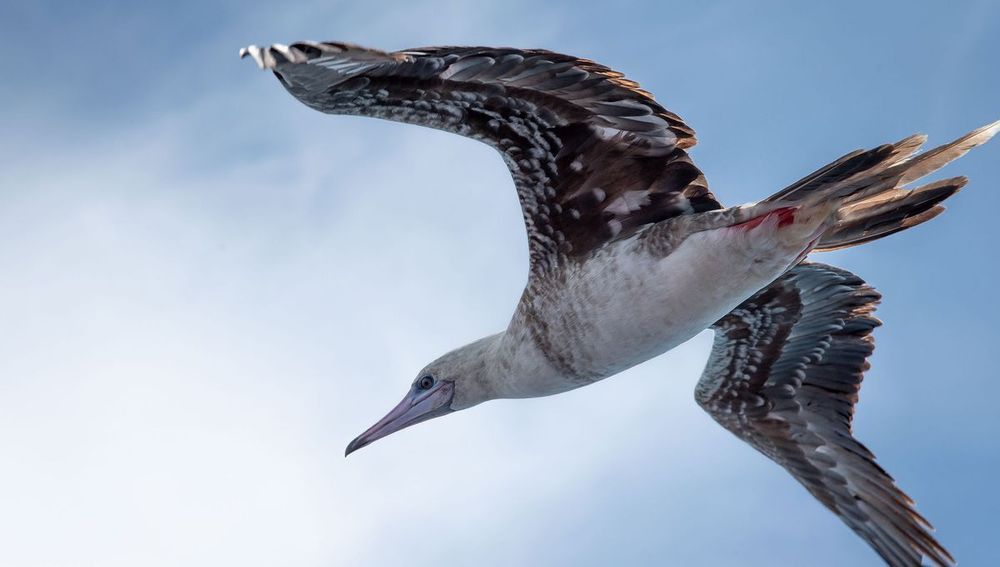
Ride On Board A Red-Footed Booby As It Catches Flying Fish Above The Indian Ocean
Bird-borne cameras revealed that boobies might catch more fish in the air than in the sea.
www.iflscience.com
August 10, 2025 at 10:04 AM
Bird-borne cameras revealed that boobies might catch more fish in the air than in the sea.
www.iflscience.com/ride-on-boar...
www.iflscience.com/ride-on-boar...
Reposted by Ruth Dunn
You know this story is going to be a good time because my editor told me the first draft had too many instances of the word "poop" www.nytimes.com/2025/08/18/s... 🧪 (featuring Leo Uesaka, @ruthedunn.bsky.social and @movementecology.bsky.social)

These Majestic Seabirds Never Stop Pooping
www.nytimes.com
August 18, 2025 at 5:16 PM
You know this story is going to be a good time because my editor told me the first draft had too many instances of the word "poop" www.nytimes.com/2025/08/18/s... 🧪 (featuring Leo Uesaka, @ruthedunn.bsky.social and @movementecology.bsky.social)
Reposted by Ruth Dunn
I have a real shitshow of a science story here for all my friends: 🧪 www.scientificamerican.com/article/thes...

This Superpooper Seabird Is Amazing Scientists
The first detailed observation of the bathroom habits of Streaked Shearwaters at sea leave scientists with a surprising load of questions
www.scientificamerican.com
August 18, 2025 at 3:10 PM
I have a real shitshow of a science story here for all my friends: 🧪 www.scientificamerican.com/article/thes...
Reposted by Ruth Dunn
Hello people. Today in “One day, one paper”, The Chagos Archipelago Marine Protected Area MPA (640,000 km²) covers >99% of manta, hawksbill turtle, and seabird movements. Its large scale highlights the value of safeguarding diverse megafauna and achieving global ocean conservation targets 🌎

Large marine protected areas can encompass movements of diverse megafauna
Our results provide clear evidence for the value of the large scale of the Chagos Archipelago very large marine protected area (VLMPA) for protection of taxonomically diverse mobile megafauna. Furthe....
besjournals.onlinelibrary.wiley.com
August 9, 2025 at 10:27 PM
Hello people. Today in “One day, one paper”, The Chagos Archipelago Marine Protected Area MPA (640,000 km²) covers >99% of manta, hawksbill turtle, and seabird movements. Its large scale highlights the value of safeguarding diverse megafauna and achieving global ocean conservation targets 🌎
Reposted by Ruth Dunn
Homing navigation is optimized to diurnal constraints in a tropical seabird, the red-footed booby | doi.org/10.1016/j.an... | Animal Behaviour | #ornithology 🪶

August 11, 2025 at 11:01 AM
Homing navigation is optimized to diurnal constraints in a tropical seabird, the red-footed booby | doi.org/10.1016/j.an... | Animal Behaviour | #ornithology 🪶
Reposted by Ruth Dunn
Do you use geolocators to estimate foraging time, behaviour, or energetics in diving seabirds? See our new paper for insights from a study of Common Guillemots.
doi.org/10.61350/sbj...
@theseabirdgroup.bsky.social
doi.org/10.61350/sbj...
@theseabirdgroup.bsky.social

August 11, 2025 at 11:02 AM
Do you use geolocators to estimate foraging time, behaviour, or energetics in diving seabirds? See our new paper for insights from a study of Common Guillemots.
doi.org/10.61350/sbj...
@theseabirdgroup.bsky.social
doi.org/10.61350/sbj...
@theseabirdgroup.bsky.social
Reposted by Ruth Dunn
“When researchers fitted tiny cameras to the backs of two Red-footed Boobies, they got an intimate view of exactly how these acrobatic #seabirds hunt.”
Press release and link to open access paper here:
www.hw.ac.uk/news/2025/on...
www.discoverwildlife.com/animal-facts...
Press release and link to open access paper here:
www.hw.ac.uk/news/2025/on...
www.discoverwildlife.com/animal-facts...
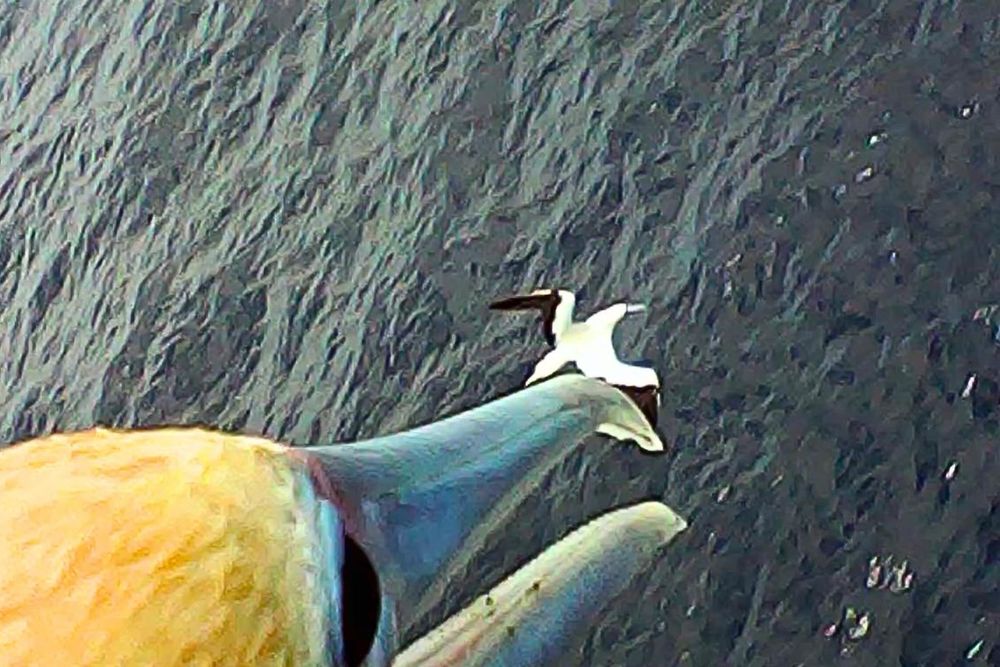
Tropical birds filmed catching flying fish mid-air for first time ever | Discover Wildlife
When researchers fitted tiny cameras to the backs of red-footed boobies, they got an intimate view of exactly how these acrobatic seabirds hunt.
www.discoverwildlife.com
August 6, 2025 at 8:02 PM
“When researchers fitted tiny cameras to the backs of two Red-footed Boobies, they got an intimate view of exactly how these acrobatic #seabirds hunt.”
Press release and link to open access paper here:
www.hw.ac.uk/news/2025/on...
www.discoverwildlife.com/animal-facts...
Press release and link to open access paper here:
www.hw.ac.uk/news/2025/on...
www.discoverwildlife.com/animal-facts...
New research led by @alicetrevail.bsky.social combines tracking data to show the value of large marine protected areas in encompassing diverse megafauna movements 🐢
doi.org/10.1111/1365...
@jappliedecology.bsky.social @iomarinescience.bsky.social @exetermarine.bsky.social @zslofficial.bsky.social
doi.org/10.1111/1365...
@jappliedecology.bsky.social @iomarinescience.bsky.social @exetermarine.bsky.social @zslofficial.bsky.social

August 7, 2025 at 8:51 AM
New research led by @alicetrevail.bsky.social combines tracking data to show the value of large marine protected areas in encompassing diverse megafauna movements 🐢
doi.org/10.1111/1365...
@jappliedecology.bsky.social @iomarinescience.bsky.social @exetermarine.bsky.social @zslofficial.bsky.social
doi.org/10.1111/1365...
@jappliedecology.bsky.social @iomarinescience.bsky.social @exetermarine.bsky.social @zslofficial.bsky.social
Nice little thread on some of our recent red-footed booby work 💨👇
🐦 The true meaning of a birds-eye view! Scientists use lightweight cameras fitted to the wing of red-footed boobies to capture feeding behaviour for the first time
📽️ @ruthedunn.bsky.social
📽️ @ruthedunn.bsky.social
August 7, 2025 at 7:52 AM
Nice little thread on some of our recent red-footed booby work 💨👇
Reposted by Ruth Dunn
Using lightweight bird-borne cameras, scientists have captured unique footage of Indian Ocean seabirds speeding just above the waves to catch flying fish.
Dr Ruth Dunn (@ruthedunn.bsky.social) of @lec-reefs.bsky.social is lead author of the study.
📰: https://tinyurl.com/yezeyxu2
Dr Ruth Dunn (@ruthedunn.bsky.social) of @lec-reefs.bsky.social is lead author of the study.
📰: https://tinyurl.com/yezeyxu2
August 6, 2025 at 8:30 AM
Using lightweight bird-borne cameras, scientists have captured unique footage of Indian Ocean seabirds speeding just above the waves to catch flying fish.
Dr Ruth Dunn (@ruthedunn.bsky.social) of @lec-reefs.bsky.social is lead author of the study.
📰: https://tinyurl.com/yezeyxu2
Dr Ruth Dunn (@ruthedunn.bsky.social) of @lec-reefs.bsky.social is lead author of the study.
📰: https://tinyurl.com/yezeyxu2
"Commuting in crosswinds and foraging in fast winds: the foraging ecology of a flying fish specialist" 💨🐦🐟
New @iomarinescience.bsky.social research out now in @royalsocietypublishing.org: doi.org/10.1098/rspb...
📸 @robinfreeman.bsky.social
🧪🌍🪶
New @iomarinescience.bsky.social research out now in @royalsocietypublishing.org: doi.org/10.1098/rspb...
📸 @robinfreeman.bsky.social
🧪🌍🪶

August 6, 2025 at 9:15 AM
"Commuting in crosswinds and foraging in fast winds: the foraging ecology of a flying fish specialist" 💨🐦🐟
New @iomarinescience.bsky.social research out now in @royalsocietypublishing.org: doi.org/10.1098/rspb...
📸 @robinfreeman.bsky.social
🧪🌍🪶
New @iomarinescience.bsky.social research out now in @royalsocietypublishing.org: doi.org/10.1098/rspb...
📸 @robinfreeman.bsky.social
🧪🌍🪶
Reposted by Ruth Dunn
New paper out in Proceedings B! 🔊
Seabirds' impacts on reefs extends even to some of its tiniest inhabitants - cryptobenthic reef fishes 🐠
Near colonies, these fishes assimilate seabird nutrients (💩), grow larger 📈 & more at: royalsocietypublishing.org/doi/10.1098/...
@royalsocietypublishing.org
Seabirds' impacts on reefs extends even to some of its tiniest inhabitants - cryptobenthic reef fishes 🐠
Near colonies, these fishes assimilate seabird nutrients (💩), grow larger 📈 & more at: royalsocietypublishing.org/doi/10.1098/...
@royalsocietypublishing.org
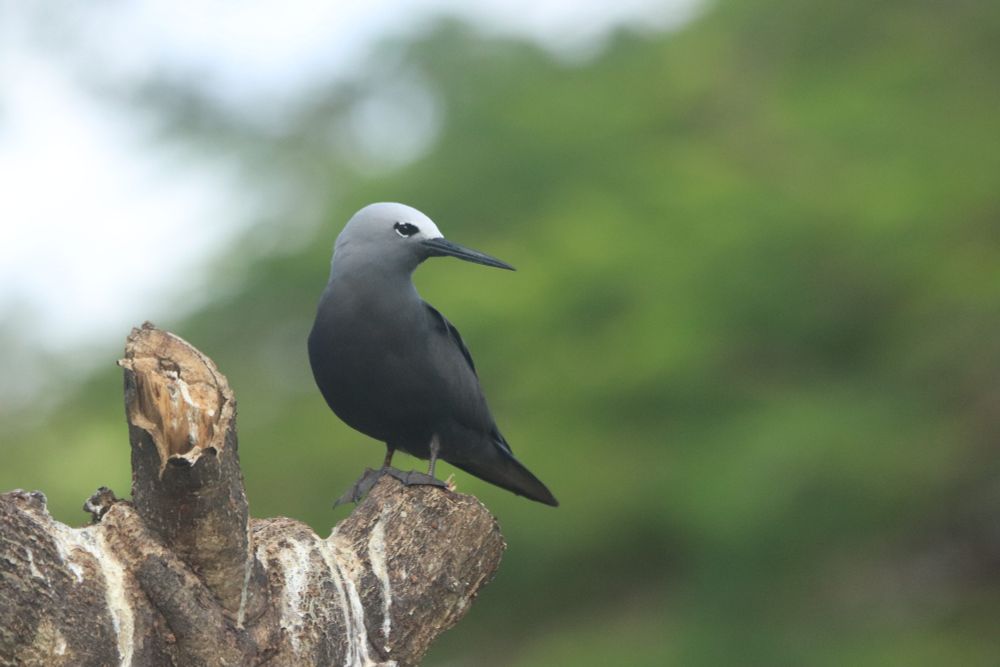
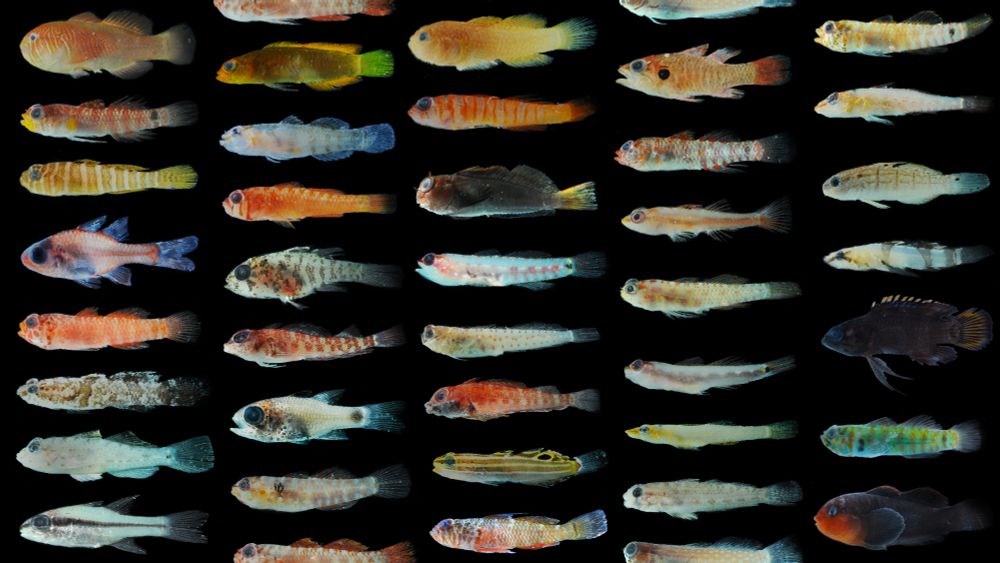
July 11, 2025 at 3:08 PM
New paper out in Proceedings B! 🔊
Seabirds' impacts on reefs extends even to some of its tiniest inhabitants - cryptobenthic reef fishes 🐠
Near colonies, these fishes assimilate seabird nutrients (💩), grow larger 📈 & more at: royalsocietypublishing.org/doi/10.1098/...
@royalsocietypublishing.org
Seabirds' impacts on reefs extends even to some of its tiniest inhabitants - cryptobenthic reef fishes 🐠
Near colonies, these fishes assimilate seabird nutrients (💩), grow larger 📈 & more at: royalsocietypublishing.org/doi/10.1098/...
@royalsocietypublishing.org
Reposted by Ruth Dunn
Our Indian Ocean marine science programme supports established researchers and has a major focus on training the next generation of ocean scientists. A big congratulations to all our recent PhD Graduates for 2024!
#PhDGraduates #Doctor #MarineScience #MarineBiology #Scientists
#PhDGraduates #Doctor #MarineScience #MarineBiology #Scientists
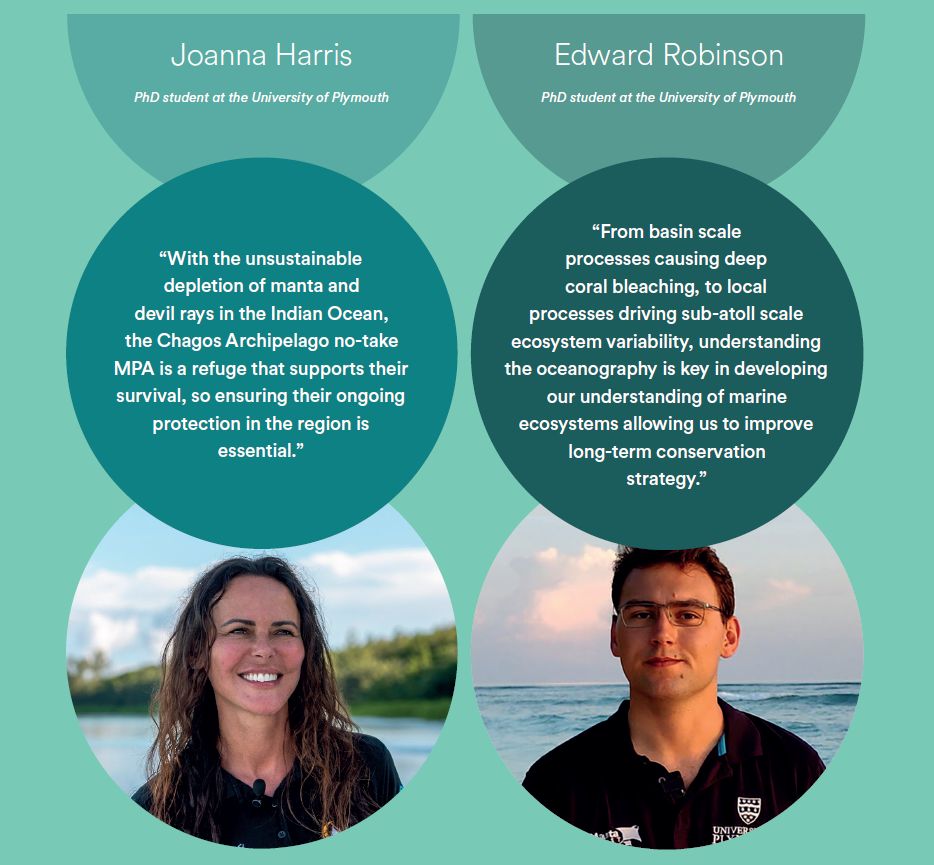
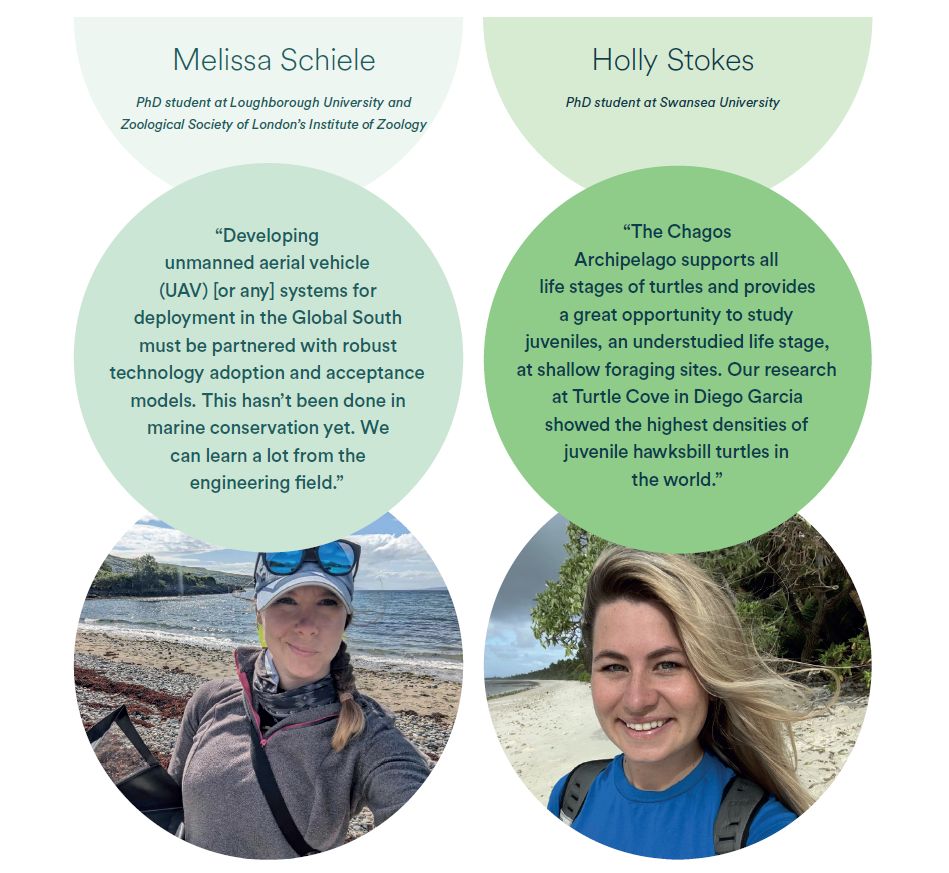
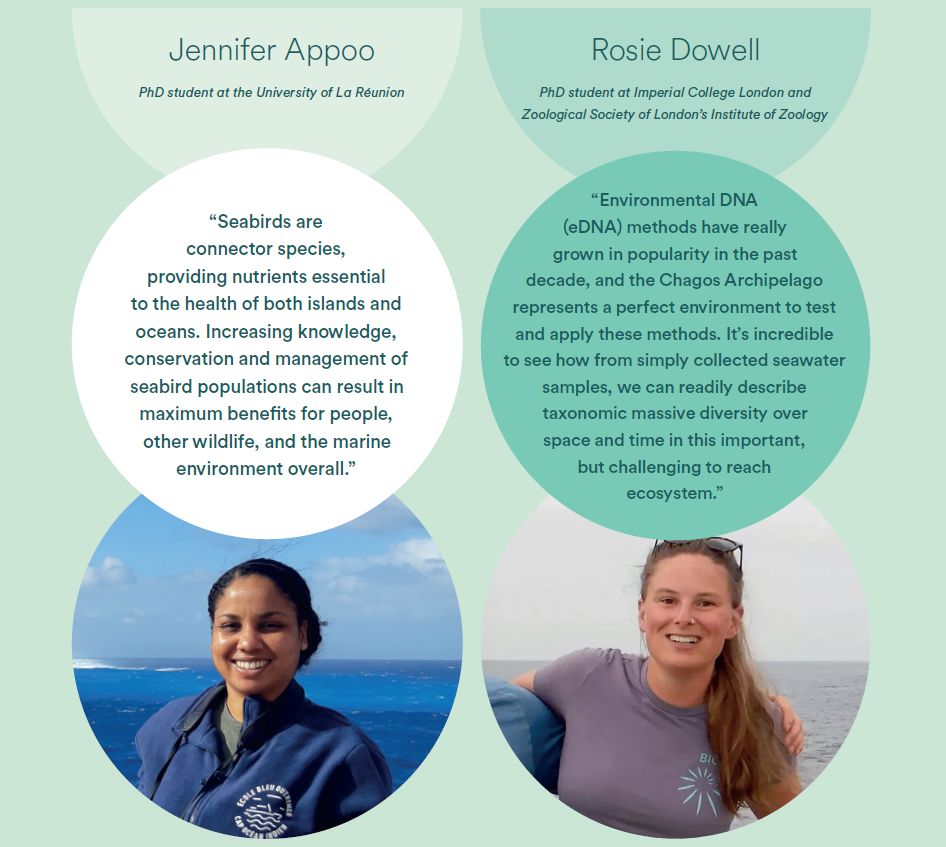
July 2, 2025 at 10:02 AM
Our Indian Ocean marine science programme supports established researchers and has a major focus on training the next generation of ocean scientists. A big congratulations to all our recent PhD Graduates for 2024!
#PhDGraduates #Doctor #MarineScience #MarineBiology #Scientists
#PhDGraduates #Doctor #MarineScience #MarineBiology #Scientists
Reposted by Ruth Dunn
Our Special Feature with @aer-ese-bes.bsky.social is now available to read! 🌎🧪
This collection aims to combine the latest insights and provide an integrated road map for ecologically optimal decisions on the energy transition 🛰️
Check it out 👇
besjournals.onlinelibrary.wiley.com/hub/global-e...
This collection aims to combine the latest insights and provide an integrated road map for ecologically optimal decisions on the energy transition 🛰️
Check it out 👇
besjournals.onlinelibrary.wiley.com/hub/global-e...

July 2, 2025 at 10:58 AM
Our Special Feature with @aer-ese-bes.bsky.social is now available to read! 🌎🧪
This collection aims to combine the latest insights and provide an integrated road map for ecologically optimal decisions on the energy transition 🛰️
Check it out 👇
besjournals.onlinelibrary.wiley.com/hub/global-e...
This collection aims to combine the latest insights and provide an integrated road map for ecologically optimal decisions on the energy transition 🛰️
Check it out 👇
besjournals.onlinelibrary.wiley.com/hub/global-e...
Reposted by Ruth Dunn
New paper lead by @etspencer.bsky.social We use biologging to understand why great hammerheads may specialize on large prey like other sharks. If they hunt blacktips off south Florida then they probably only have to catch a shark once per month link.springer.com/journal/442
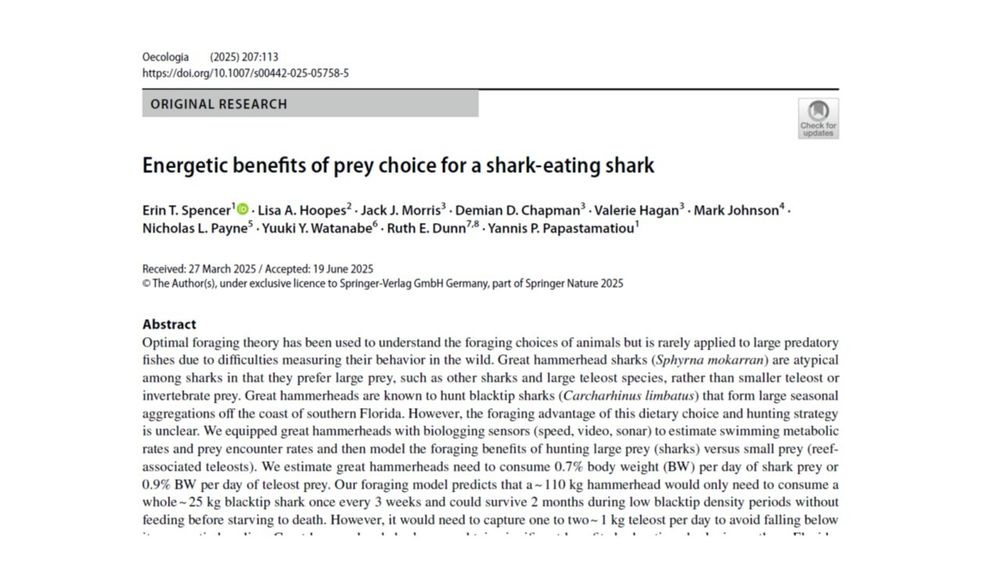
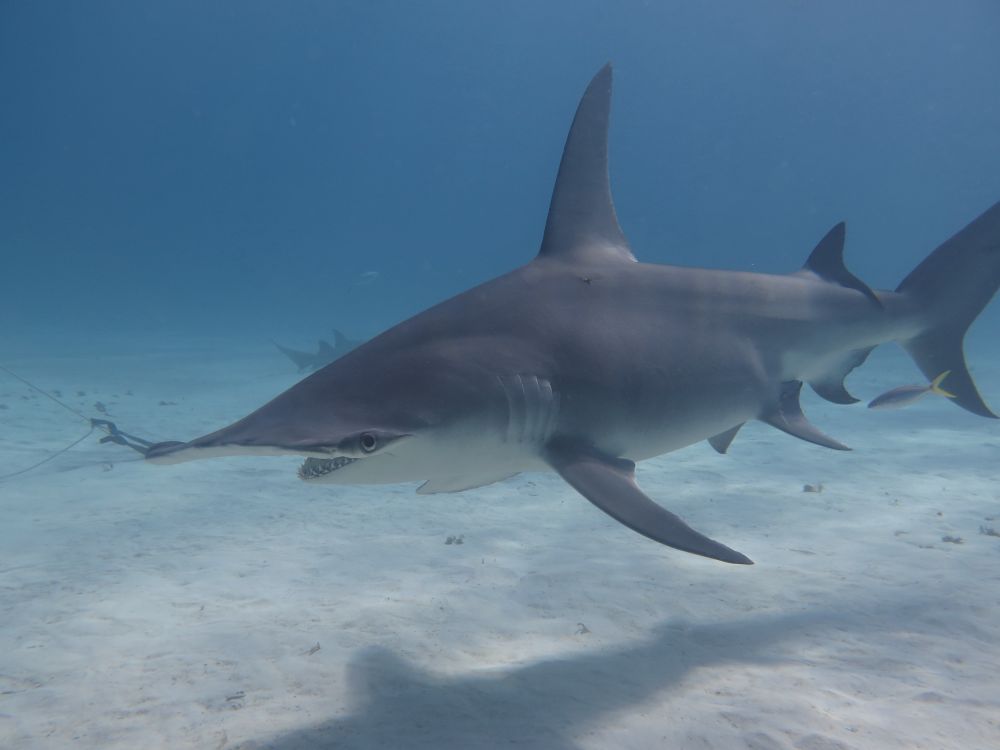
June 27, 2025 at 12:59 PM
New paper lead by @etspencer.bsky.social We use biologging to understand why great hammerheads may specialize on large prey like other sharks. If they hunt blacktips off south Florida then they probably only have to catch a shark once per month link.springer.com/journal/442
Reposted by Ruth Dunn
Proud to share that my second dissertation chapter is now published in Oecologia! Great hammerheads often eat other elasmobranchs, which suggests there must be some kind of advantage to going after big prey instead of smaller fish. (1/4)🦑🧪🌊🐟
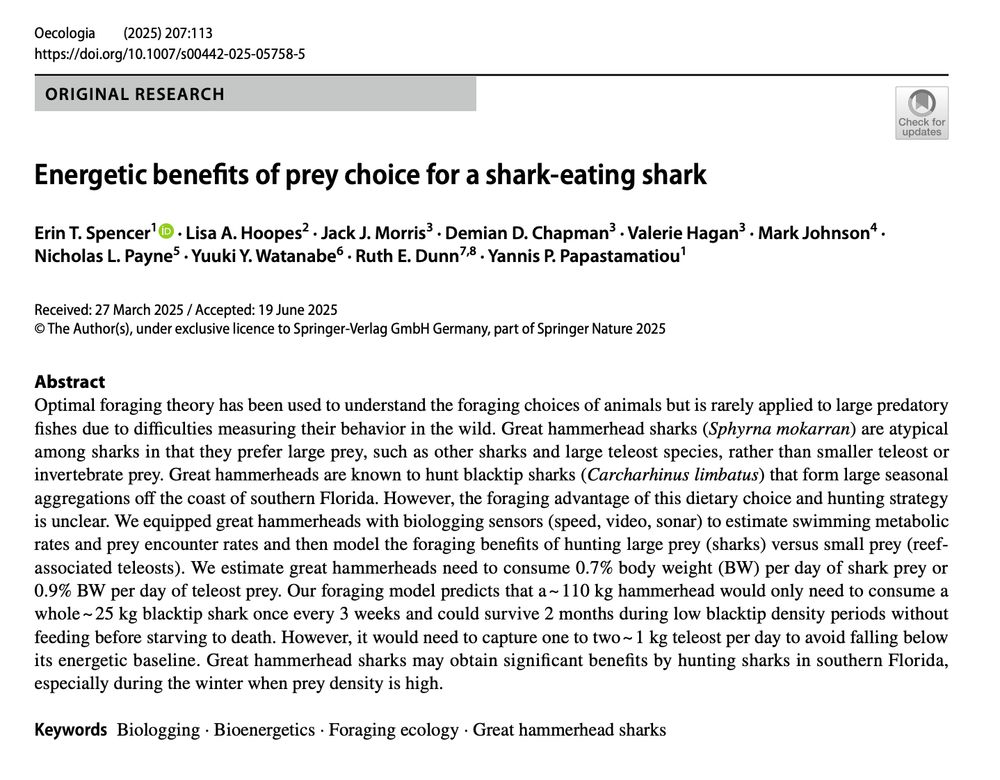
June 27, 2025 at 12:55 PM
Proud to share that my second dissertation chapter is now published in Oecologia! Great hammerheads often eat other elasmobranchs, which suggests there must be some kind of advantage to going after big prey instead of smaller fish. (1/4)🦑🧪🌊🐟


